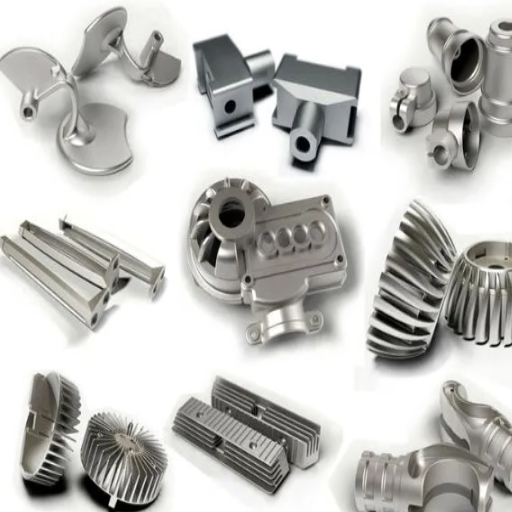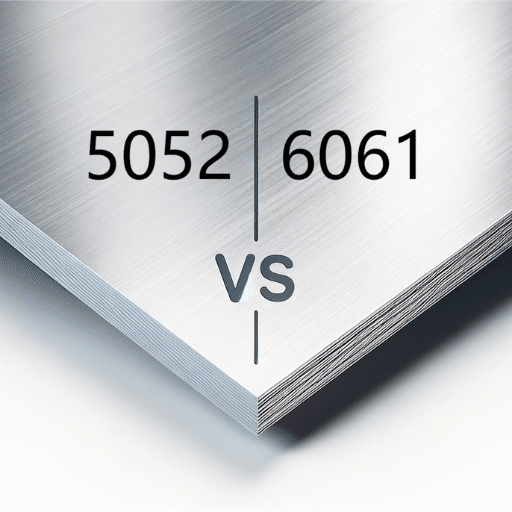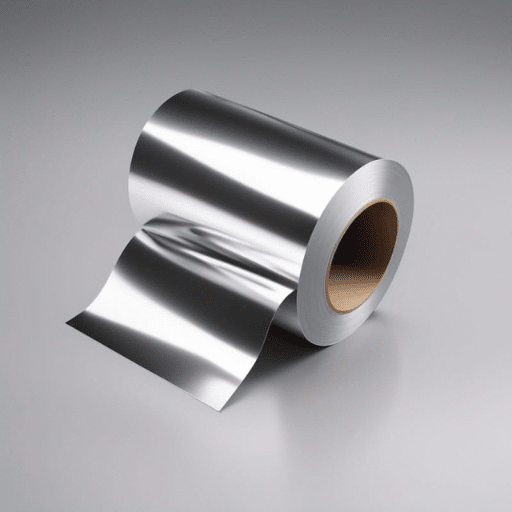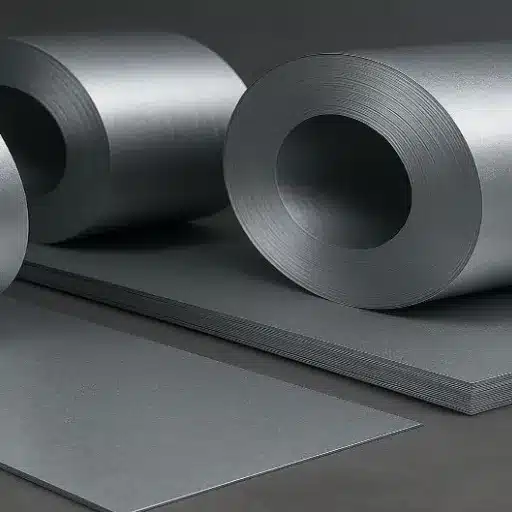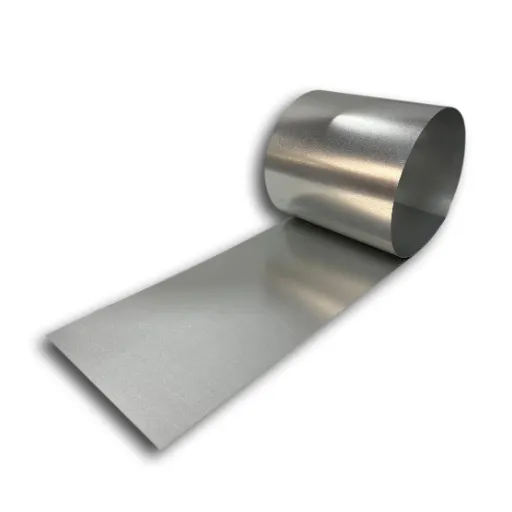Metals have been the backbone of human innovation for thousands of years, shaping everything from ancient tools to advanced technologies. However, while pure metals like iron, copper, and aluminum possess remarkable properties, they often fall short of meeting the diverse demands of modern applications. This is where alloys step in, offering enhanced performance, durability, and versatility. Alloys are carefully engineered mixtures of metals or metals combined with non-metallic elements, designed to overcome the limitations of pure metals. But why exactly are alloys superior, and what makes them the material of choice across various industries? This article will explore the key advantages of using alloy metals over pure metals, highlighting how they transform manufacturing, construction, and engineering practices to meet the challenges of today’s world.
Understanding Alloys and Pure Metals
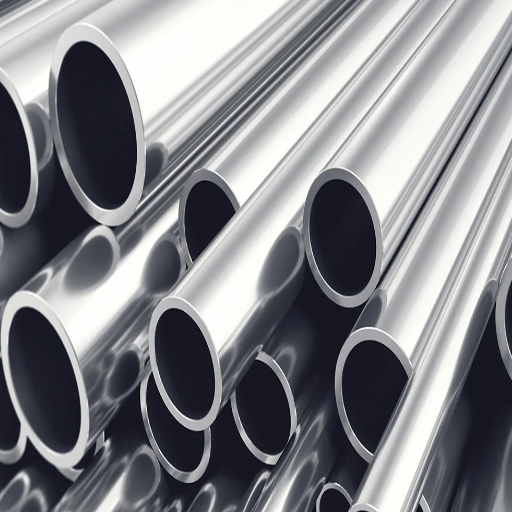
Definition of Alloys
An alloy-earth blend is a two or multi elemental compound where at least one element is metal. The different elements combine to produce a substance with better properties within the scope of the properties of the individual constituents. Alloys are made to meet certain requirements, for instance, strength, corrosion resistance, ductility, and electrical conductivity; hence their importance industrially.
An alloy is deemed superior to any pure metal because it plays against the weaknesses of a pure metal. For example, pure metals such as iron or aluminum may be too soft or brittle or easily corroded in some applications. While they work well for combining other elements, the alloys are designed so that properties are balanced to allow the alloy metals to be used in many applications that need increased durability such as construction, automotive, electronics, etc.
They may also give engineers a way of fine-tuning material properties to meet exact specifications. Such versatility is used in modern engineering to design and build subsystem materials for high-end applications such as lightweight aerospace parts and corrosion-resistant medical devices. Their wide adaptability and engineered advantages broaden the spectrum of applications and simultaneously offset constrained application efficiency and enhanced material failures in severe environments.
Characteristics of Pure Metals
Pure metals have certain qualities that distinguish them from their alloyed forms. Fundamentally, pure metals have the uniform atomic composition of one type of atom. The properties of a pure metal are therefore inherently predictable in congruence with their uniform nature. This is important in several industrial and scientific applications. Because of their homogeneous atomic structure, pure metals are soft and malleable, undergoing deformation with relatively little resistance. Pure metals, hence, are mechanically weak when compared with alloys and, therefore, find less applications in areas in which weight and durability are requirements.
Pure metals, also, are good conductors of electricity as well as heat. For example, copper and silver, in their pure states, are the best conductors of electricity and heat. This property, however, depends on the atomic arrangement of these metals and the freedom given to electrons to move; pure metals have simple structural atomic lattices through which electrons have free downhill fun. Thus, such metals go hand-in-hand with an industry that needs swift energy conduction-the electronics and power-generating industries.
Coming to the disadvantages, pure metals tend to corrode and undergo environmental degradation as they do not have the benefit of the protective effect of alloying. For instance, the presence of moisture and oxygen makes pure iron rust rapidly, and it is this very limitation that goes away with iron being alloyed in the form of stainless steel. Despite these shortcomings, pure metals find indispensable applications in some niche places that require their special properties: laboratory research, electrical components, certain machines, and tools in the medical world.
Key Differences Between Alloys and Pure Metals
Alloys and pure metals are significantly different in terms of composition, properties, and applications. Pure metals consist of a single type of element, thus remaining chemically uniform, like gold, silver, or copper. Alloys, meanwhile, are made up of two or more elements with at least one being a metal, while alteration of properties for strength, corrosion resistance, or durability are among the intended changes. Such deliberate changes make alloys much more flexible and utilitarian for use in various industries.
In general, alloys have a greater and better range of physical and mechanical properties when compared to pure metals for most uses. Pure metals, for instance, might be soft and highly malleable, thereby limiting their use as structural materials; aluminum or iron being cases in point. Gaining through combinations with other elements, these metals increase strength and hardness, with aluminum alloys used in aerospace and steel in construction. An additional advantage obtained by alloys is corrosion resistance; stainless steel, for instance, is far better able to resist rusting than pure iron due to the addition of chromium.
Alike applications are yet another method to distinguish alloys from pure metals. Pure metals, on the other hand, are utilized in areas where highly specialized functions are required, such as electrical conductors, where pure copper occupies a slight niche, or in high-precision components, whereas alloys hold sway in sectors with enhanced functional properties. Titanium alloys are a reference for biomedical implants due to their biocompatibility and strength, but alloys like brass and bronze offer excellent corrosion resistance in marine environments. The specification of pure metals versus alloys depends on circumstances such as performance, environment, and cost, among other requisites for application.
Advantages of Alloys Over Pure Metals
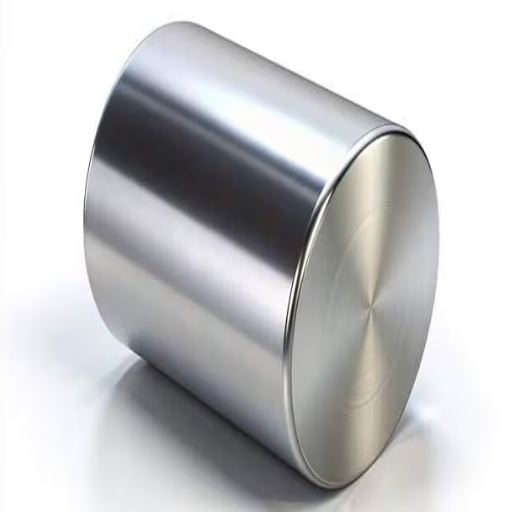
Enhanced Strength and Durability
Alloys are specifically designed to overcome the inherent limitations of pure metals, especially in strength and durability. When an alloy is formed by mixing two or more metallic elements or even metallic and non-metallic components, the resultant changes in mechanical properties far exceed those of the original base metals. For example, by adding carbon to iron, steel is created, a far stronger and more durable material that can be practically used for construction and infrastructure. Likewise, aluminum alloys combine aluminum with such elements as magnesium or silicon to increase strength without compromising lightness, which is essential in aerospace applications.
The molecular structure of alloys plays a fundamental role in imparting strength and durability. Through solid solution strengthening, grain boundary strengthening, or precipitation hardening, alloys resist deformation under stress and maintain their integrity in changing environmental conditions. Precipitation-hardening alloys, such as some stainless steels and superalloys, produce small dispersed particles within the metal matrix that block dislocation movements. This action greatly increases tensile strength and resistance to fatigue, which gives properties critical for extending the life of components subjected to intense operational stresses.
Moreover, alloys can be modified to perform excellently in specific environments by manipulating the composition. For instance, nickel-based superalloys provide exceptional high-temperature strength and resistance against thermal expansion, thus being vital in turbine engines. On the other hand, bronze, an alloy of copper and tin, resists corrosion and wear and therefore proves crucial in marine applications and heavy machinery. The careful mixing of materials allows engineers to optimize for properties that are rarely available in pure metals; hence, alloys remain important in the progress of modern technology and structures.
Corrosion Resistance in Alloys
An alloy`s corrosion resistance is derived from the combination of intrinsic material properties and microstructural engineering. An intrinsic property induced by the admission of certain alloying elements can contribute to corrosion. For example, chromium in stainless steel offers very high corrosion resistance because it reacts with oxygen to form an inactive passive layer of chromium oxide that serves as a protective shield against further oxidation and degradation. Similarly, aluminum alloys acquire an oxide film that imparts a self-protecting feature, something that finds great demand in aerospace and marine applications.
The next variable is the very microstructure of the alloy. One strives to achieve appropriate control over grain boundaries and phase distribution during processing against local galvanic effects and intergranular corrosion. Developing factors in alloy design have led to super-alloys that resist even severely corrosive environments with molybdenum and nickel used to improve resistance to pitting and crevice corrosion.
Those who use alloys in their industries have to extensively ascertain and quantify corrosion resistance in operative conditions. Testing methods such as salt spray tests, electrochemical impedance spectroscopy, and immersion studies become critically important in the determination of alloy properties, particularly in chloride-containing environments. Optimal corrosion resistance must be obtained because it helps extend component life, decreases maintenance costs, and provides greater safety in applications of utmost importance.
Versatility in Applications
The versatility of corrosion-resistant alloys derives from their ability to reliably coexist in different hostile environments and industrial operations. These materials are engineered against severe chemical types of exposure, extreme temperatures, mechanical stress, and long hours of operations, placing them in all walks of applications. Here are five applications emphasizing the diversity of their uses:
- Marine Sector: Corrosion-resistant alloys find broad use in marine environments for shipbuilding, offshore platforms, and underwater piping systems. For example, stainless steels with molybdenum additions (such as 316L) offer far greater resistance to pitting and crevice corrosion under saltwater conditions, thus extending the service life of critical structural components.
- Aerospace Engineering: Titanium and nickel-based superalloys have ascended in aerospace engineering for their strength-to-weight ratio, oxidation resistance, and fatigue at high altitudes. The airframe, turbine blades, and exhaust system use these materials to enhance durability and performance amidst high thermal and mechanical stress.
- Chemical Processing: Facilities exposed to aggressive chemicals use Hastelloy or high-performance nickel-based alloys to curtail the hazards of corrosion. Reactors, heat exchangers, and piping systems constructed with these materials are vital when working with sulfuric acid, hydrochloric acid, or other corrosive agents.
- Energy Sector: Corrosion-resistant alloys uphold energy production in oil & gas and renewable energy sectors. For example, duplex stainless steels and alloy 625 are utilized in oil exploration for manufacturing downhole tools, riser pipes, and wellheads where strong corrosive fluids like hydrogen sulfide are commonly encountered.
- Medical Devices: Highly biocompatible alloys such as titanium and cobalt-chromium are widely used in the design of medical implants, including joint replacements, surgical instruments, and dental fixtures. These materials are chosen because they can withstand a physiological environment for a long time, ensuring patient safety and reducing adverse reactions.
These uses thereby give technological importance to corrosion-resistant alloys that maintain the integrity and longevity of critical infrastructure and equipment from varied industrial terrains.
Industrial Applications of Metal Alloys
Aerospace Industry
Where strength, durability, and lightweight qualities are luxuries, metal alloys find their applications in aerospace. Such metals are in high demand to build aircraft frames, jet engines, and spacecraft parts made using the most advanced metal alloys. They are made to withstand extreme environments such as high temperatures, high pressure, or corrosive atmospheres encountered during flight or space missions. For example, nickel-based superalloys are used for turbine blades in jet engines because they retain their strength even at temperatures well above 1,800°F.
Titanium alloys are extremely important in aerospace, where weight saving without any compromise in strength is required. These materials have a very high strength-to-density ratio and are highly suitable for airframes and structural components for commercial and military aircraft. High corrosion resistance makes the alloys trustworthy; this implies maintenance would be required only rarely over their working life. Aluminum-lithium alloys are being increasingly used for fuselage production because of their excellent fatigue resistance and comparatively reduced weight when compared to conventional aluminum materials.
The development and use of metal alloys in the aerospace industry are a testimony to the technological advances that formed the backbone of modern-day aviation and space exploration. Engineers and material scientists, after working hand-in-hand to create alloys that can meet ever-stringent performance requirements in terms of safety, fuel efficiency, and sustainability, continue to refine those aspects further. With metallurgical innovations, the aerospace industry keeps shaking the grounds of what lies possible in atmospheric as well as extra-terrestrial travel.
Automotive Sector
The automotive industry has been termed the field of innovation, with scientists in the materials field, engineers, and technology integrators creating innovations. Some of the most outstanding recent developments are the use of lightweight, high-strength materials such as aluminum alloys, carbon fiber composites, and advanced high-strength steels. These materials are picked for their performance besides being chosen to aid in considerable reductions in weight, which in turn directly furthers fuel efficiency and, consequently, greenhouse gas emissions. In light of emissions regulations worldwide, emphasizing energy efficiency, automakers are increasingly turning to such avenues to comply with stringent environmental standards.
Another radical change in the transformation of the automotive industry is electrification. Electric cars are coming out of being niche products, becoming mainstream through the fast developments in battery technology. Lithium-ion batteries are the backbone of electric vehicles and have seen a steep rise in energy density and a plunge in charging time, along with considerations of sustainability. Further research into solid-state batteries and other alternatives is keen to provide for storing more energy and safety better than conventional batteries. Regenerative braking and energy-efficient drive solutions also highlight the industrial thrust towards sustainable mobility solutions.
Automation and connectivity again shall mold the automotive industry’s future. Autonomous vehicles, with artificial intelligence, advanced sensors, and complex algorithms, are put rigorously through tests to ascertain their safety and reliability. At the same time, connected vehicle technology enables the communication of vehicles with one another and with infrastructure systems, thus creating the possibility of intervention for better traffic management and safety. The merger of these technologies has the capability and potential to disrupt the current state of personal and commercial transportation, thereby crafting a future in which mobility is safer, smarter, and more efficient for all.
Real-World Examples of Alloys Outperforming Pure Metals
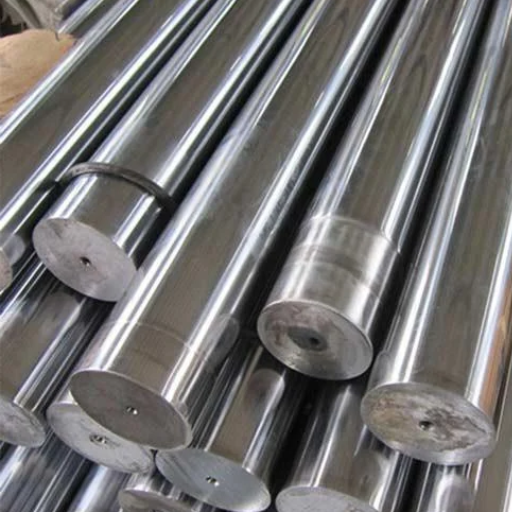
Automotive Innovations Using Alloys
The automotive industry has mostly used alloys to improve the performance, safety, and efficiency of a vehicle. Several aluminum alloys are used in car manufacturing at present due to their strength-to-weight ratio, which greatly decreases vehicle weight alongside fuel inefficiency without compromising structural integrity. Advanced high-strength steels (AHSS) are also other steel alloys widely used in chassis and body structures, offering better crash resistance and durability.
A key example of titanium alloys is often considered for high instances in the design and set up of high-performance vehicles because of their great strength, corrosion resistance, and heat badass. These alloys are applied in the manufacture of exhaust systems, engine parts, and sometimes even as intel cleaners. Another exclamation point-worthy example is the use of magnesium alloys in automotive innovations, especially for interiors and wheels, for being lightweight and vibration-absorbing.
In addition to material advantages, the evolution in alloy facilities and processing, such as additive manufacturing and nano-structuring technologies, allows manufacturers to engineer metals to very specific properties. Grain-refined aluminum alloy components may, for example, be designed to improve efficiency in electric vehicle batteries by optimizing thermal conductivity and energy transfer. These developments collectively demonstrate how alloys can meet the stringent requirements of modern automotive applications much better than pure metals.
Construction Materials: Alloys in Use
The use of alloys in construction materials, therefore, is impelled by the need for increased structural integrity and prolonged longevity for a variety of applications. Steel remains one of the most popular alloying materials for construction and can be alloyed with a number of elements, like chromium, nickel, or molybdenum, to augment corrosion resistance or tensile strength and improve durability. These stainless steels alloyed with up to 10.5% chromium can withstand harsh environmental conditions and, therefore, find application in bridge constructions, high-rise buildings, and coastal constructions.
Due to their lightweight character and strength-to-weight ratio, alloys of aluminum find absolute importance in construction. Window frames, roofing panels, and curtain walls usually employ 6000 series aluminum alloys, which include magnesium and silicon. Besides better mechanical properties, these materials also provide better thermal performance, hence making their choice worthy for modern-day energy-smart buildings.
Aided by advanced alloying techniques, such as powder metallurgy and forging of high-performance alloys, construction materials can continually be improved. These techniques describe material microstructures with precision, so they are optimized for performance to meet specific needs, such as seismic-resistant structures or high-load-bearing components. Also, with the development of so-called “smart alloys” such as shape memory alloys, structural components are now endowed with a degree of dynamic response to their environment to enhance safety and efficiency during construction.
The Future of Metal Alloys in Engineering
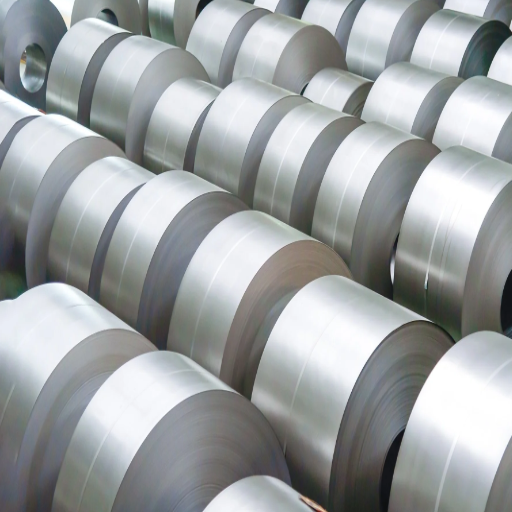
Emerging Technologies and Alloys
The future of metal alloys in engineering is coming into being with contemporary technologies aimed at the growing needs of performance, durability, and sustainability. Manufacturing by the layer method or 3D printing is revolutionizing the field of alloy production with the possibilities of customized complicated geometries while minimizing material wastage. This process has been extensively used in the fabrication of aerospace components that must be lightweight and medical implants that require adaptability and precision.
Nanotechnology is a leading driver in alloy design and conductors of matter manipulated at the atomic level to develop mechanical, tensile strength, corrosion, and conductivity properties. For instance, nanostructured alloys show phenomenal mechanical behavior, making them competent for use in harsh environments such as deep-sea exploration or space.
Machine learning and AI are facilitating alloy design and rapid testing alternatives. Using big data, AI platforms can predict the best alloy composition and performance characteristics in a given environment, thus impeding the time usually required for materials development. This speeds up the process of innovation while fostering the creation of sustainable alloys by allowing compositions to be integrated with recycled or environmentally friendly elements.
The emergence of new alloys such as HEAs is attracting growing interest for their wide-ranging utility. A HEA consists of five or more principal elements in almost equal proportions to develop new ranges of mechanical, thermal, and magnetic properties, thus being promising for green energy applications like wind turbines or energy storage technology.
Ultimately, with the advent of these new technologies, the excitement generated in the field of alloy science is running wild for engineering breakthroughs. Such developments aim towards producing lighter, stronger, and more efficient materials that can tackle critical issues across infrastructure, energy, transportation, etc.
Sustainability and Eco-Friendly Metal Alloys
The development of sustainable and eco-friendly metal alloys is very important to answer the growing need for energy-efficient and environmentally responsible materials. These alloys are designed in a way that compromises minimal environmental impact in their production, use, or disposal. Some strategies that can be involved are lessening dependency on rare or toxic elements, improving recyclability, and increasing energy efficiency from the manufacturing perspective.
For example, alloys, aluminum in particular, with recycled materials, have really gained popularity because of being lightweight with less carbon footprint. In like manner, high-strength steel alloys are being designed in a manner that lessens the demand for alloying elements, thereby conserving resources for production. With the consideration of the use of titanium or magnesium alloys arguably having the best strength-to-weight ratio, recycling and repurposing for secondary applications also continue to grow in order to reduce the demand for raw materials in the aerospace and automotive industries.
Fostering new fabrication techniques such as additive manufacturing will remain crucial to sustainability through the best use of materials and lower generation of waste. Plus, uses of bio-based or renewable feedstocks for the production of alloys are also sought with an urgent need to redress from finite resources.
Bringing together alloy science and environmentally-focused research, the teams of researchers make it possible to manufacture materials that meet demanding performance requirements and provide support to world sustainability targets. With this, industry players shall be paved towards a green and circular economy.
References
-
- Article Title: Quality, Microstructure, and Properties of Metal Alloys
- This peer-reviewed academic source discusses the properties and advantages of metal alloys in detail.
-
Stanford Advanced Materials (SAM)
- Blog Title: Why Pure Metals Aren’t Always the Best Choice
- This site provides a detailed comparison of pure metals and alloys, focusing on their applications and limitations.
-
- Blog Title: The Advantages of Using Metal Alloys Over Pure Metals
- This source offers insights into the practical benefits of alloys in various industries.
-
- Article Title: Alloy Properties vs. Pure Metals: A Comparative Analysis
- This article provides a comprehensive analysis of the advantages and disadvantages of alloys compared to pure metals.
-
- Blog Title: Advantages of Alloys: Why They Outperform Pure Metals
- This blog explains the key benefits of alloys, including strength, corrosion resistance, and cost-effectiveness.
Frequently Asked Questions (FAQ)
Q: What are the advantages of alloys over pure metals?
A: The advantages of alloys over pure metals include superior strength, enhanced corrosion resistance, and improved durability. Alloys can outperform pure metals in various applications due to their unique properties, making them more desirable for construction and industrial uses.
Q: How do metal alloys achieve superior strength?
A: Metal alloys achieve superior strength through the combination of different elements. By blending metals like copper, aluminum, and zinc, they form a mixture that is much stronger and harder than pure metals, which is essential for applications requiring high durability.
Q: Why are alloys more resistant to corrosion than pure metals?
A: Alloys are often more resistant to corrosion due to their composition. For example, stainless steel contains chromium, which significantly enhances its ability to withstand corrosive environments, unlike pure metals that can easily corrode when exposed to air or seawater.
Q: Can you provide an example of a common alloy and its application?
A: A common example of an alloy is bronze, which is primarily used in sculptures and marine fittings due to its excellent resistance to corrosion and durability. Alloys like brass are also widely used in plumbing and electrical applications.
Q: In what industries are metal alloys preferred over pure metals?
A: Metal alloys are preferred in various industries such as aerospace, construction, and power plants. Their unique properties, including high strength and corrosion resistance, make them suitable for demanding applications, often outperforming pure metals.
Q: What makes alloys more versatile compared to pure metals?
A: Alloys are more versatile because they can be engineered to possess desirable properties tailored for specific applications. This includes modifying their melting points, strength, and resistance to environmental factors, which pure metals cannot achieve alone.
Q: How does the melting point of alloys compare to that of pure metals?
A: The melting point of alloys can be lower than that of pure metals due to the combination of different elements. This characteristic can be advantageous in manufacturing processes where lower melting points facilitate easier shaping and forming of materials.
Q: Why are pure metals like iron considered reactive?
A: Pure metals like iron are considered reactive because they tend to corrode more easily when exposed to moisture and oxygen. This reactivity can lead to rust formation, making metal alloys that resist corrosion a more desirable choice for long-term applications.
Q: How does the chromium content in stainless steel benefit its properties?
A: The chromium content in stainless steel significantly enhances its corrosion resistance, making it an ideal choice for applications in harsh environments, such as seawater exposure. This property distinguishes it from pure metals, which may not withstand such conditions effectively.
Q: What is the primary reason to use metal alloys over pure metals?
A: The primary reason to use metal alloys over pure metals is their ability to provide a combination of strength, durability, and resistance to corrosion, making them superior materials for a wide range of applications, from everyday products to specialized industrial equipment.

